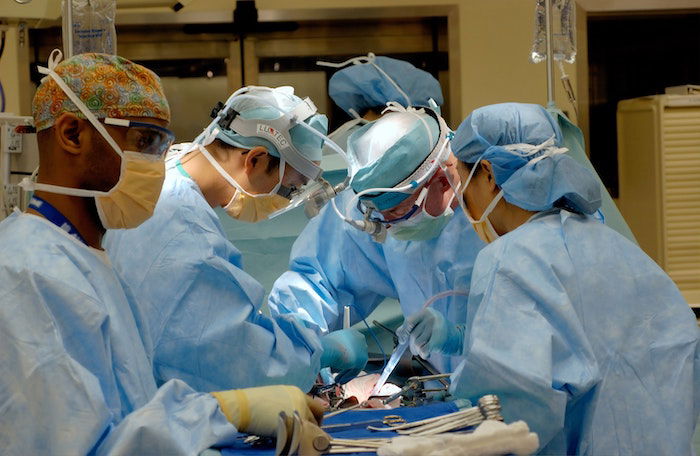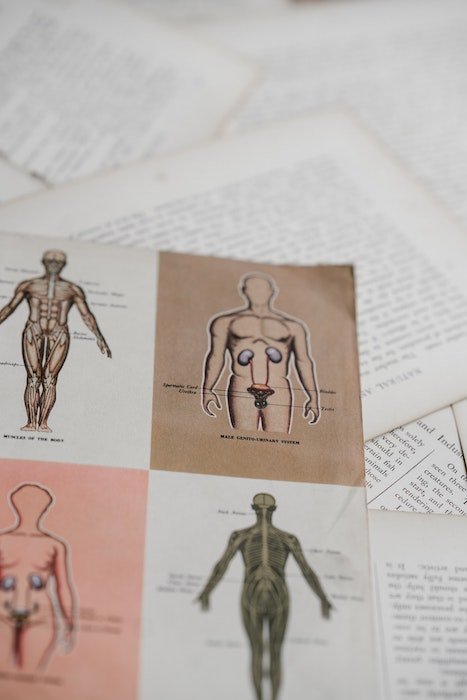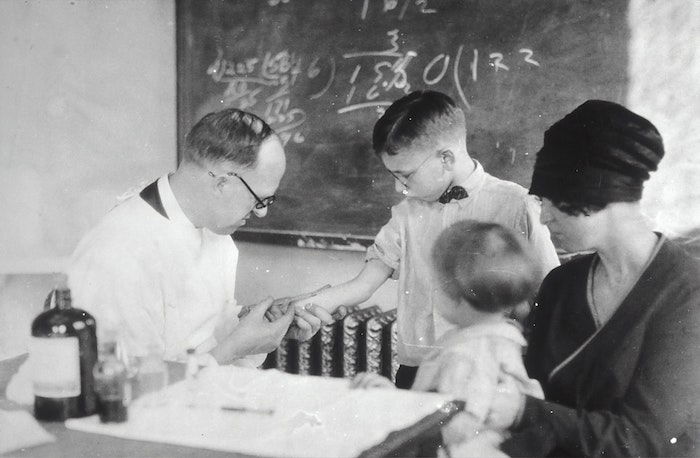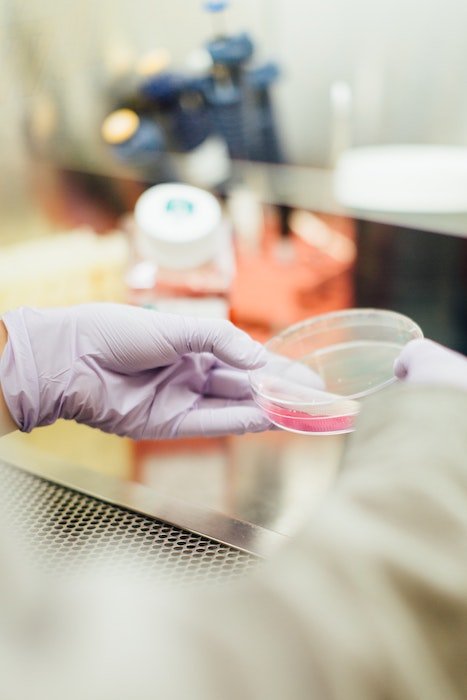Today, we’re looking at what makes a great medical photographer. We will look at their role to understand why it matters. We will also explore how to get started in this niche career. By the end of this article, you will have an idea of what it takes to make a successful medical photographer. And you will know how to take the best medical photographs.
What is Medical Photography?
Medical photography is the documentation of particular medical cases. These photos help clarify patient issues. This is vital, as many conditions change over time. So, visual references are essential to developing the diagnosis. Medical photography is all-encompassing. It can involve taking photographs through telescopes or photographing various bacteria or cells. Or, it can be uniformly photographing many patients to survey a specific condition. It is crucial, as cases need to transfer to other doctors. And medical photography saves time by succinctly communicating important information. It should clearly show the viewer what is medically wrong in critical areas of the body. A great medical photo is like a medical sketch we are familiar with seeing in textbooks. The image should illustrate the problem to the medical professional in one look.
The History of Medical Photography
Medical photographs have been around almost as long as photography itself. This is not too surprising. Think about the requirements of the medical field around the early-to-mid1800s. There was an overwhelming demand for more accuracy, like today. Alfred François Donné was one of the pioneers in the photographic process. He created the first micrograph in the 1840s. And his first body of work was a micrograph atlas of medical specimens. He captured the first images of diseases like leukaemia. And he discovered and documented other organisms.
Early Use of Medical Photography by Doctors
At its start, people viewed photography as a science. This meant other scientists and doctors looked to apply this same practice. David Octavius Hill took the first medical portraits soon after Donné’s micrographs. Early medical photography set a precedent for accurate recordings in the medical field. This is something that has grown ever more important. Advancements in the photographic field have directly influenced advances in the medical field. The first medical photography department came to light in the mid-1860s. It was still in the early days of photography. Toward the end of the 1800s came the discovery of the X-ray. This revolutionised the way we see the human body. Its success proved that medical institutions need photography to advance in their field.
How to Get Into Medical Photography
The number one trait for a medical photographer is medical knowledge. You need to know medical terminology to produce the best images. Remember, your client will most likely be a doctor. This means it is your job to communicate the needed information clearly. That way, they can make informed decisions based on your images. And their focus can be on more pressing issues.
Photographic and Medical Education to Pursue
There aren’t too many medical education courses available to study, but you will be able to find them. A degree from a specialised department is favourable but isn’t a must. A bachelors degree in photography will be enough… if you also have a passion for biology, chemistry, and human anatomy. A bachelors photography degree refines your photographic techniques. It will help you understand how to shoot in different environments. You learn studio settings and other technical abilities. Not only this, the degree will aid you in how to manage photography software. This is important as a medical photographer. They will expect you to handle production from beginning to end.
Medical Courses and On-site Traning
If you are an amateur photographer, look at medical courses in the specific field you want to enter. A medical photography department may prefer you over better photographers. This is especially true if you have a comprehensive understanding of the subject. Either way, most of your training will happen on-site. The head of your medical photography department will guide you in this. They will explain the whole process and the key elements to look out for. You might see it as unlearning some photo habits, as you have a specific niche checklist to cover.
How to Take the Best Medical Photographs
A medical photographer has to fit into many different roles. If you work in a medical photography department, you will most likely have a different subject every day… each issue needing a different photographic approach.
1. View Images as Documents
The most important point to keep in mind is that doctors use the images as documents. It is not a photographic genre that requires creativity. It almost requires the opposite. A computational approach to medical photography will go a long way. You have to identify vital visual identifiers and compose the photo to put them on display.
2. Prepare to Perform in Stressful Situations
You can encounter stressful environments. The ability to navigate these situations will help a great deal. You may face similar conditions as those in wedding photography. There are moments where the photoshoot hinges on critical moments. If you miss these vital moments, you have compromised the job.
3. Learn How to Use Available Light
Lighting is another crucial factor you have to master as a medical photographer. You need to understand how to use available light in challenging situations. Lighting will be tricky if you are photographing in operating rooms. And you have to manoeuvre around doctors performing surgery.
4. Take a Supportive Ethical Approach
You also need to have an ethical approach to how you deal with patients and doctors. Communicating in a caring and supportive manner ensures trust between all parties. It should be evident in the whole process. You will have to deal with sensitive information. That may include things like a patient’s medical records or nudity. The trust between you, the doctor, and the patient directly impacts the quality of the images.
Medical Photography Career Routes
Join a Medical Department
There are a few routes you could go down as a medical photographer. The most common option is to be part of a medical photography department. That would involve shooting a wide range of materials. It is standard for most hospitals to have their own private studio set up. Your day would include photographing various forensic patients. The forensic method includes proper documentation of the shoot. It is also proper archiving and file handling and the confident use of props. These props include measuring devices and many other tools.
Specialise in a Field
Other medical photographers may want to specialise in a specific field. It can be anything from dermatology to microbiology. Even if there isn’t a great demand for these photos, there is always a demand for an expert. If you want to do this as an independent contractor, you require informed consent from the patient. You will want to keep up to date on the newest developments in that particular field. Documenting these developments can provide a witness to and preserve groundbreaking discoveries.
Conclusion
We cannot underestimate the importance of medical photographers. The service that photographers have provided to clinical healthcare professionals is invaluable. We are now at a place where we rely on these images to make accurate diagnoses. From here, I imagine that the medical photographer’s role isn’t going away. So, it could be a steady profession to get into. Medical photography is for truly dedicated people. So if you are passionate about a specific medical aspect, get familiar with the subject. And approach doctors who study these fields. If they see you are taking it seriously enough, they could assist you with your work. There are also many funding opportunities in the arts for medical photographers. So if you have a clinical/health photography project, then make it known! Are you looking for a simple solution to master photography? Check out our Photography Unlocked e-book to set up your camera to take perfect photos every time!







